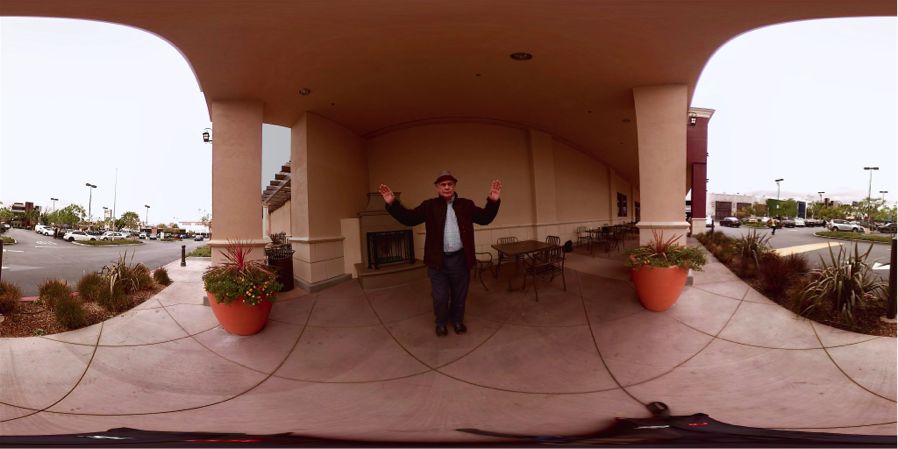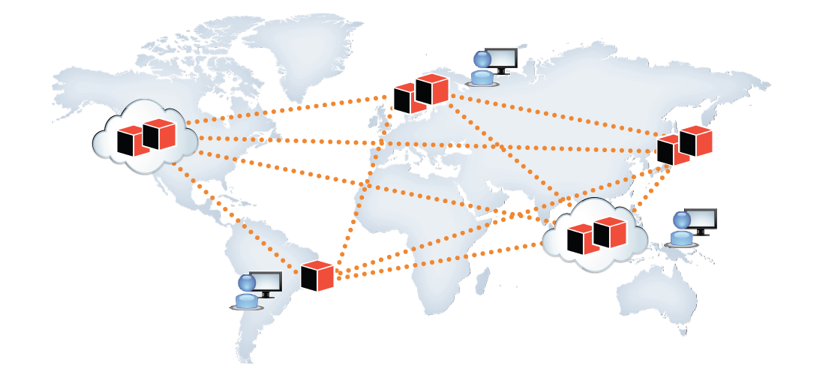At the time of writing Netflix has recently released House of Cards: a 13-part TV show with every episode available from day one of release.
Watching House of Cards, it feels as though the script was written with transmedia storytelling in mind: real telephone numbers instead of those 555 numbers, a hashtag mentioned (#GoZoe), text messaging displayed as on-screen overlays, blogging journalists, many interesting peripheral characters that could have lives on social media to thicken the plot…. And yet none of it is realized. Had I worked with this property, I would have explored deeper engagement & social conversation through the call girl (Rachel) who offers a quick win.
Three platforms are worth exploring: interactive text messaging – the easiest and most widely available second screen communication – plus interactive Twitter and Facebook commenting. Twitter is the most influential around show air-time while Facebook is more influential when the show is off-air – so it usually pays to do both.
Rather than simply deliver needless and unexciting character exposition as some transmedia executions do, text messages to Rachel could unlock a new subplot around the call girl and Doug Stamper. What is their relationship and how might this impact the Underwood-Stamper relationship we see on screen? When Underwood asks Stamper to use Rachel to destroy Russo for example or whenever Stamper is at an AA meeting… all of these moments could have been enriched.
This second layer of engagement means that whenever Stamper is on screen there are two audiences watching: insiders and outsiders. Few people like being an outsider and the emotional impact of having off-screen “private” knowledge (delivered by text) would really ratchet up the on screen drama. And this in turn generates additional online buzz on Twitter and Facebook. If text messaging were deemed too expensive then Twitter direct messaging would work instead.
Imagine the engagement that this could produce for network or other episodic shows if Rachel were to text or tweet mid-week: a strategic call to action direct to every viewer that would build anticipation and speculation ahead of the next episode. For transmedia it doesn't matter that Netflix chooses to release all episodes at the same time because every household is watching (or not) at different times just as they are network shows thanks to DVRs and online services. The important thing is that the relationship between broadcaster/distributor and audience shifts from an impersonal one-to-many to a personal multiple one-to-one between a show character and each member of the audience. This is powerful and this example fulfils intrinsic human needs for connection, for significance and for autonomy.
And just think of the additional data…
In the early days of movie making, filmmakers thought that audiences would be confused if the film were edited. It took from 1895 until 1903 before someone cut the movie and edited it – that's 8 years. Today a similar debate goes on about transmedia storytelling. Yet audiences are becoming increasingly savvy about what constitutes a cross-platform call-to-action. It won't be long before it's common place to jump off the screen and into mobile/web based content and shows that don't do that will look very dated.. if they are watched at all.

Filmtools
Filmmakers go-to destination for pre-production, production & post production equipment!
Shop Now












